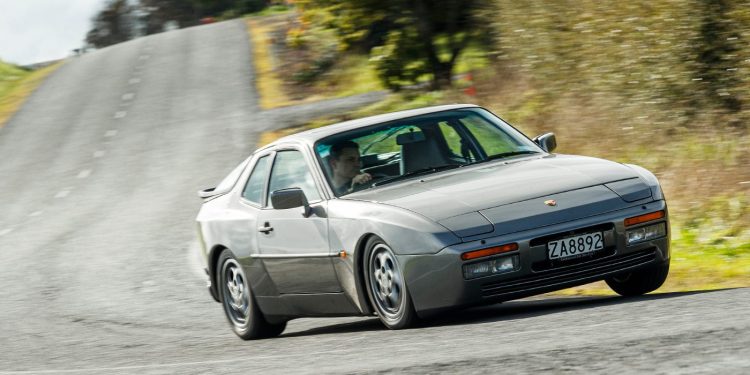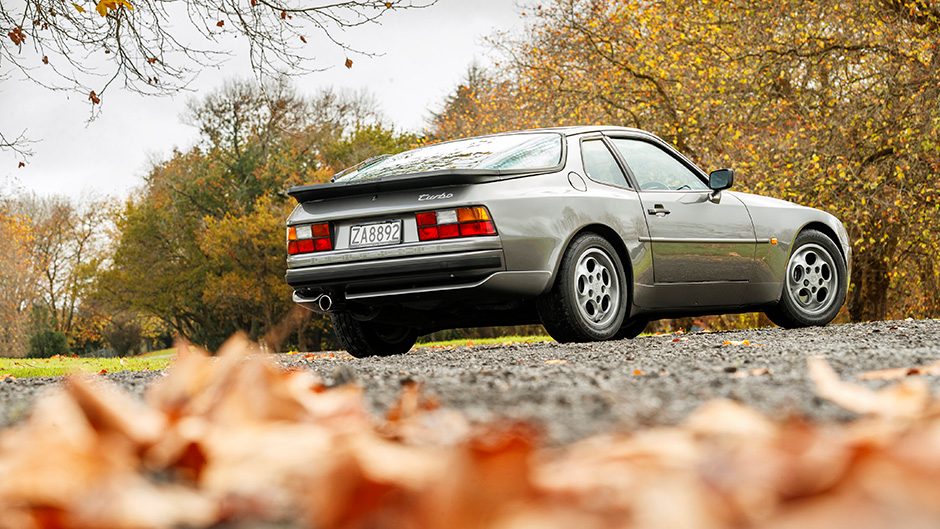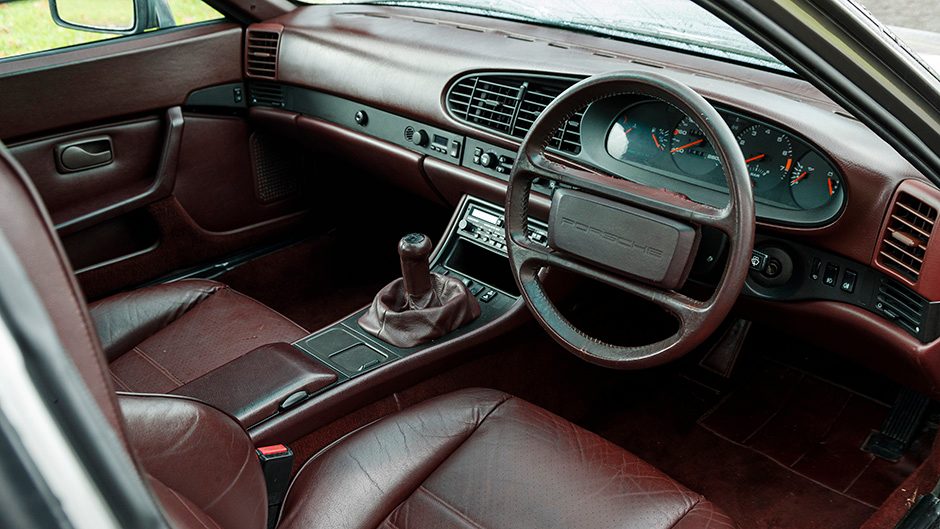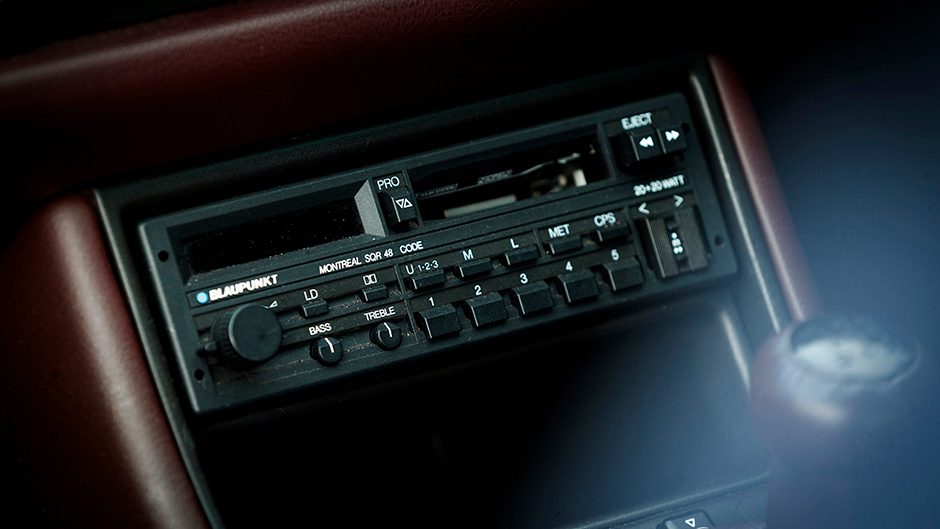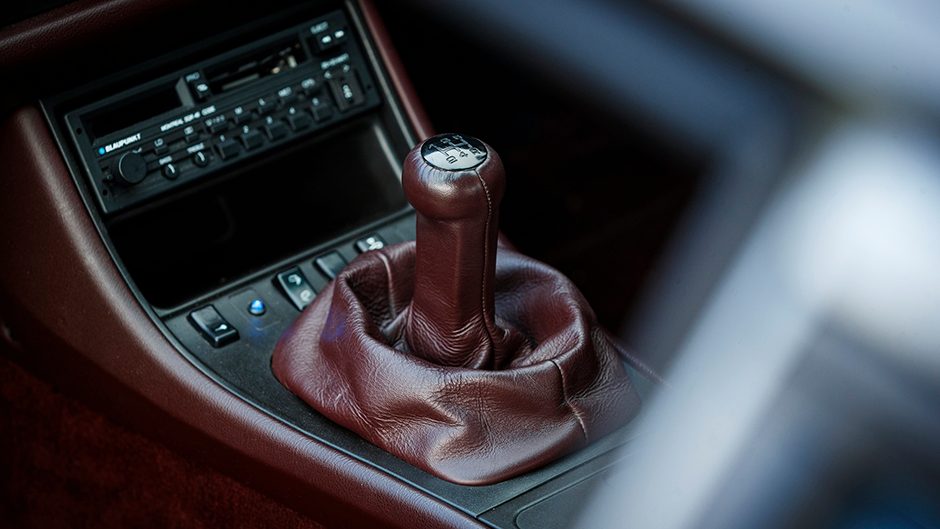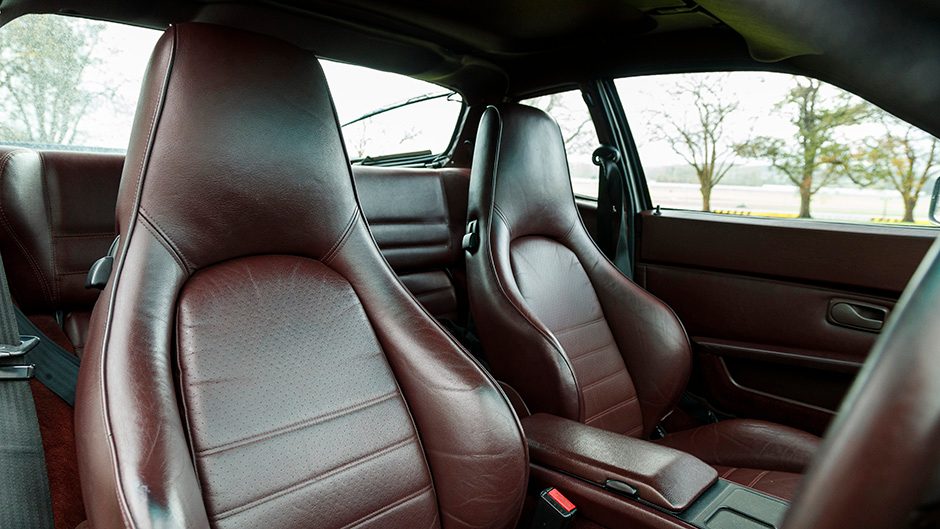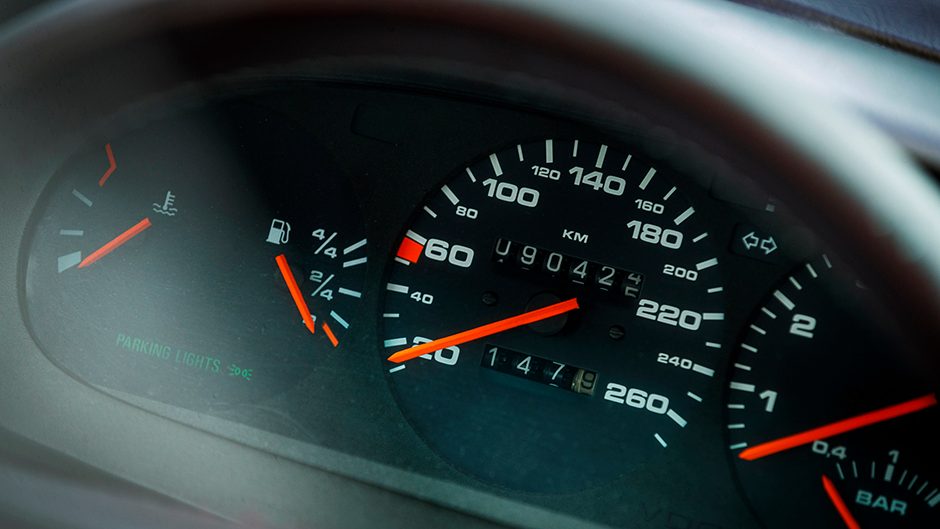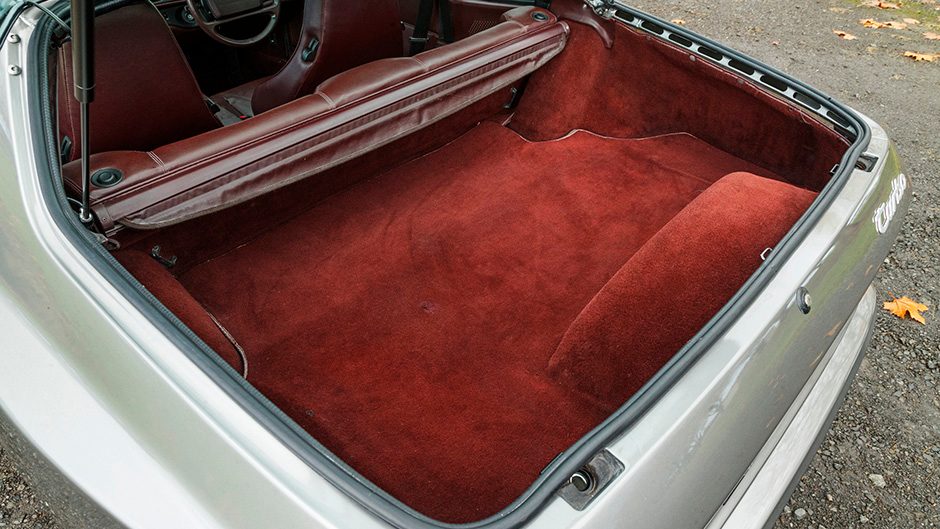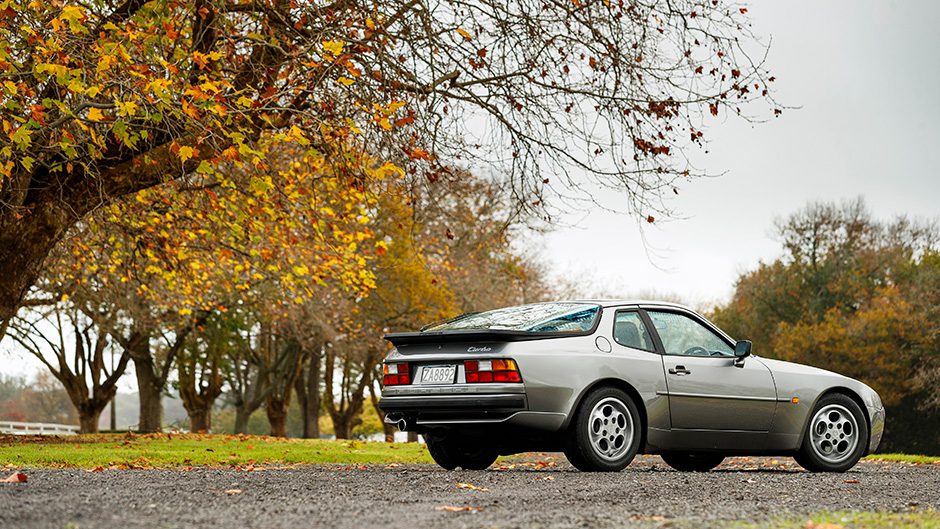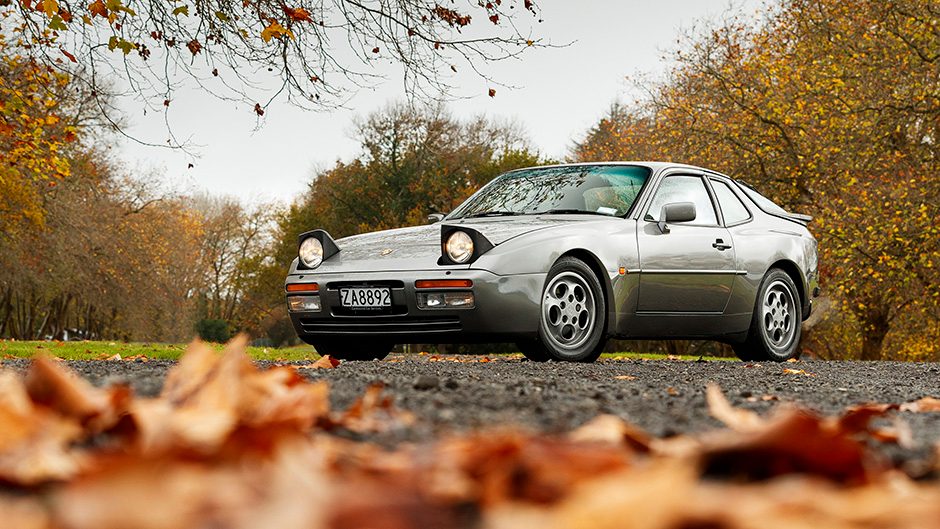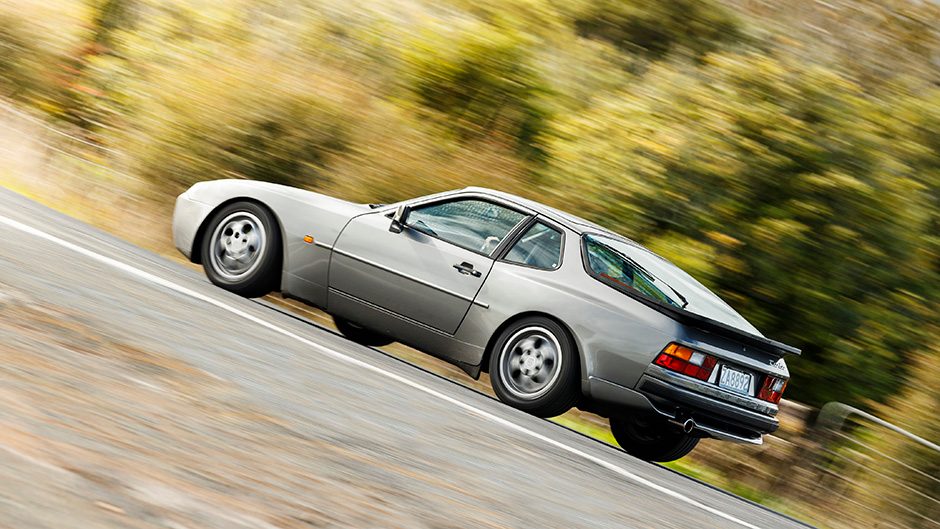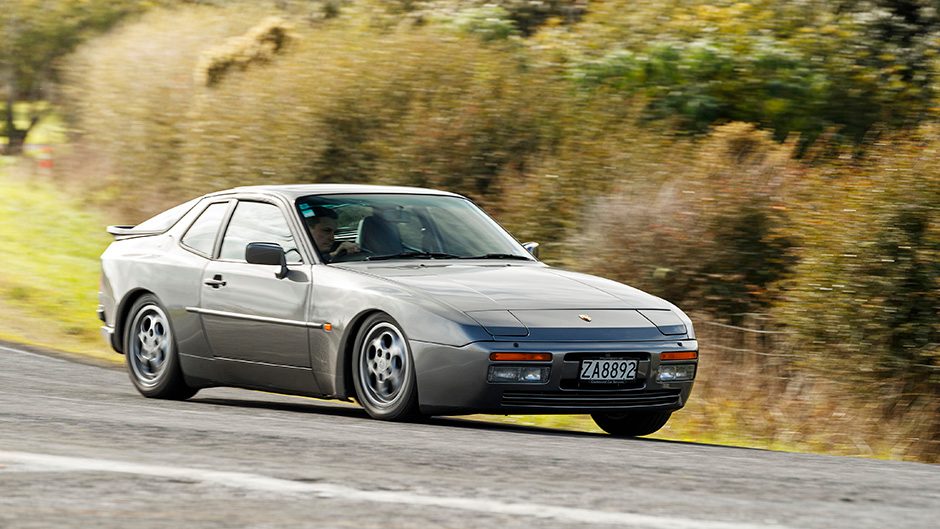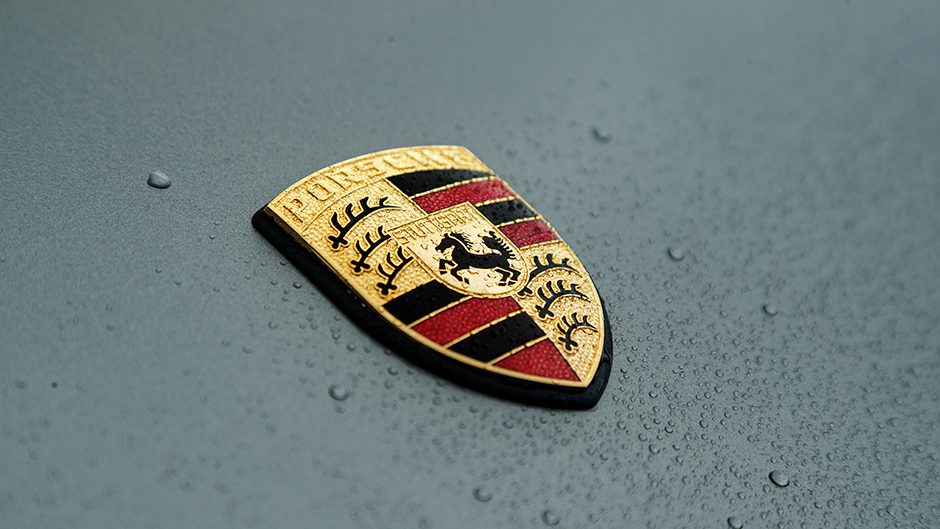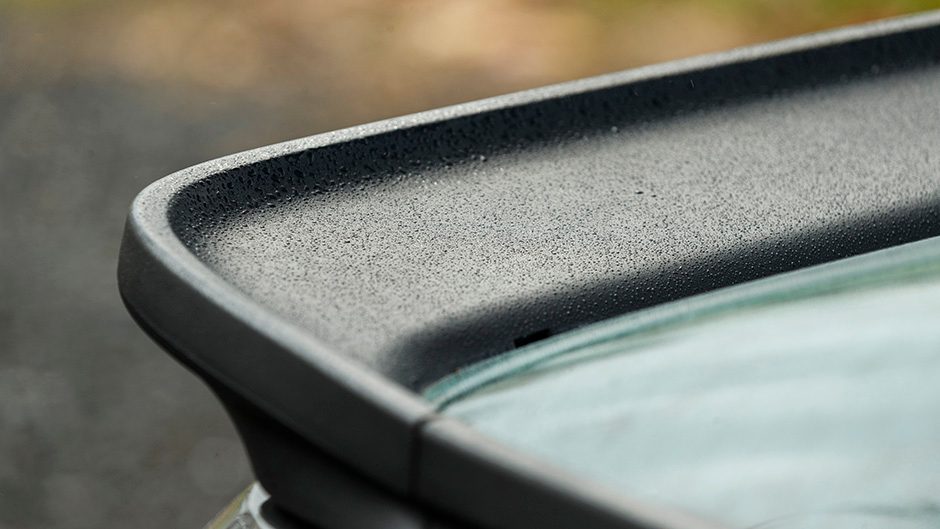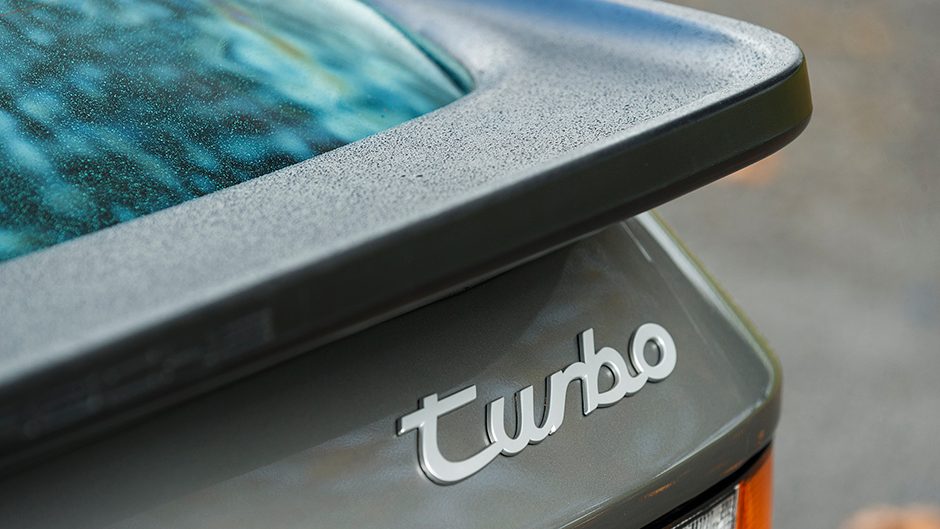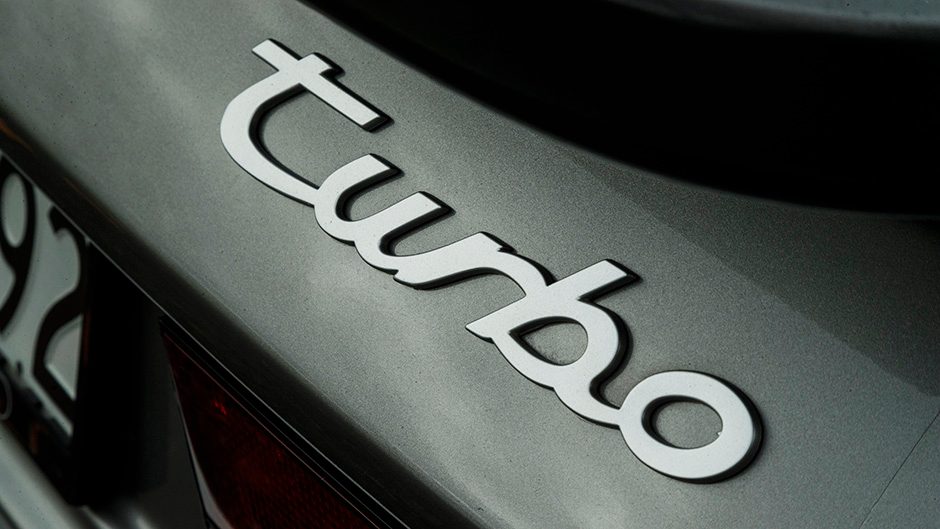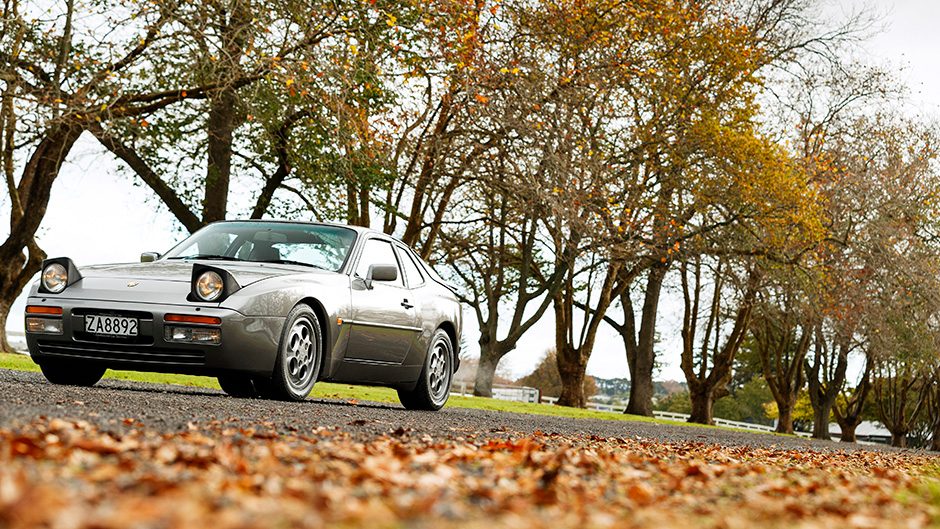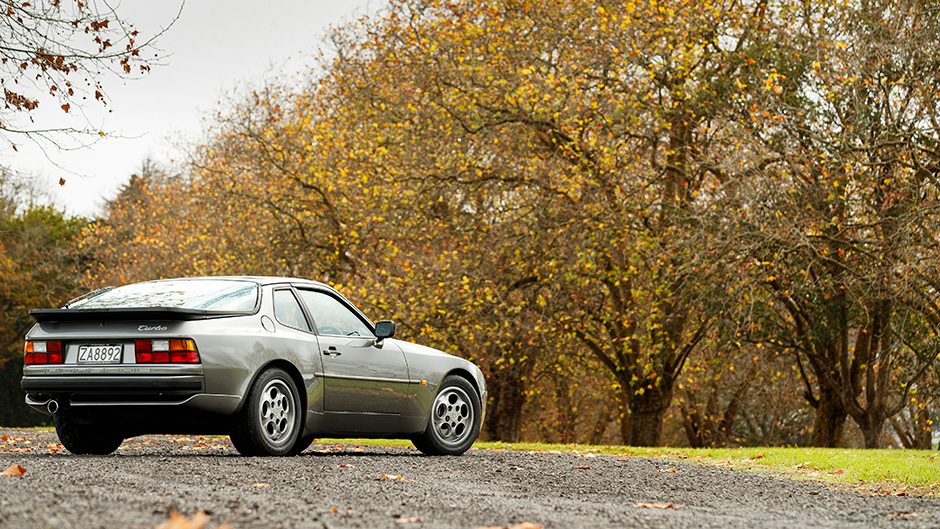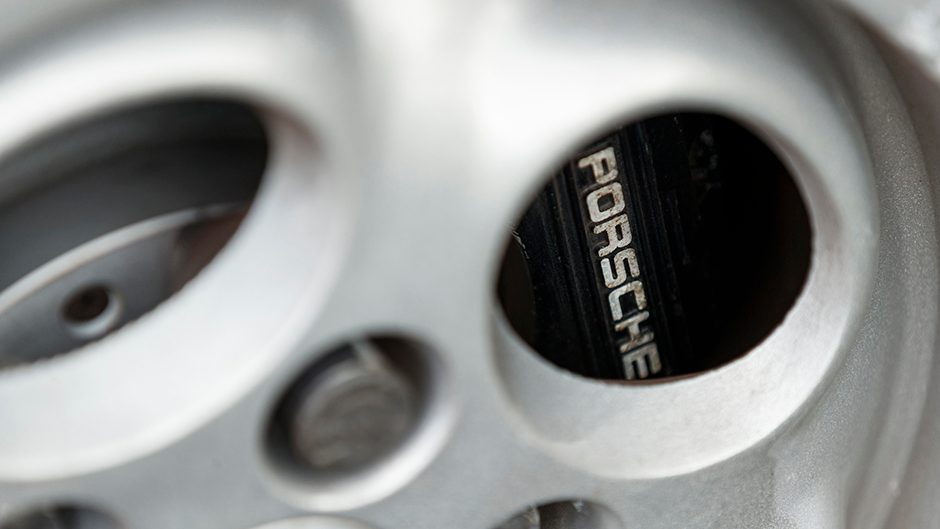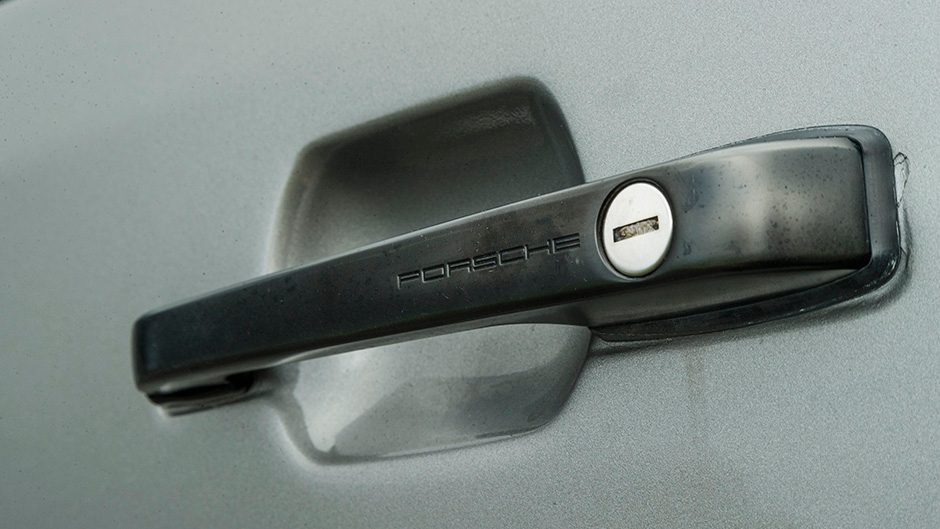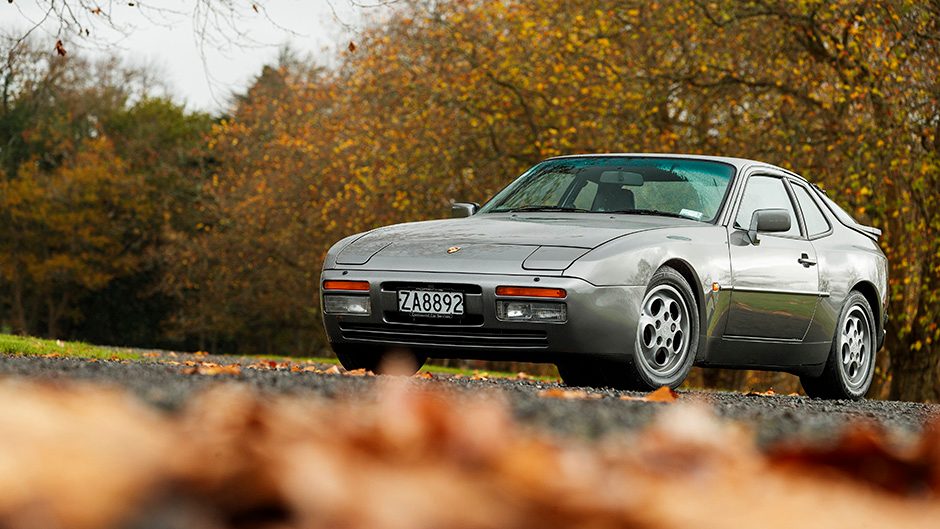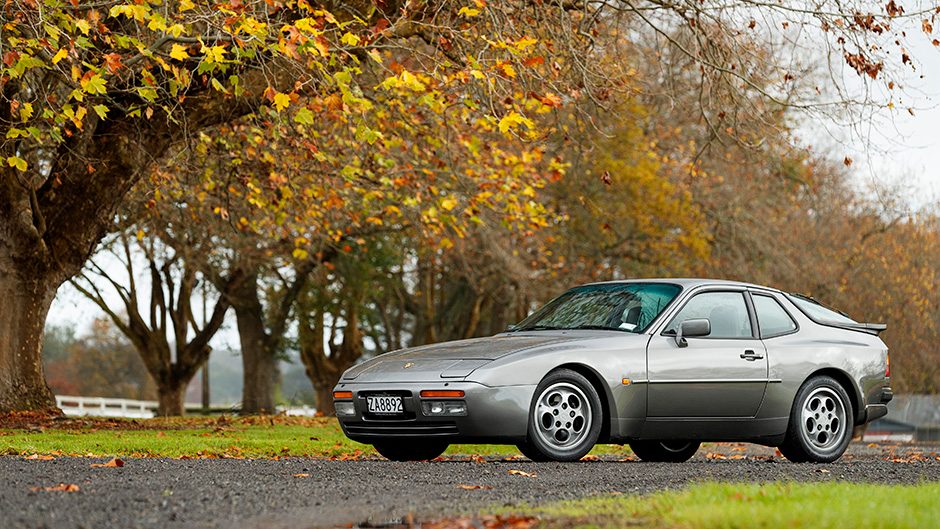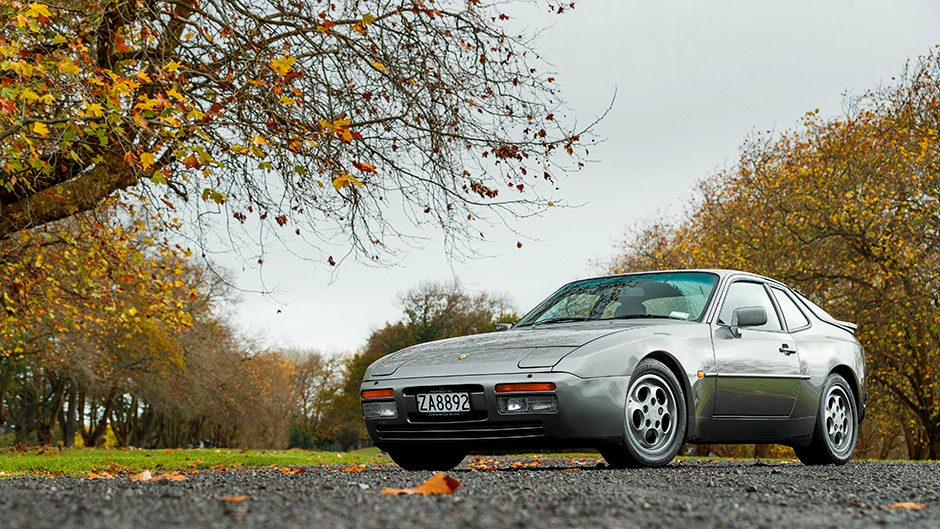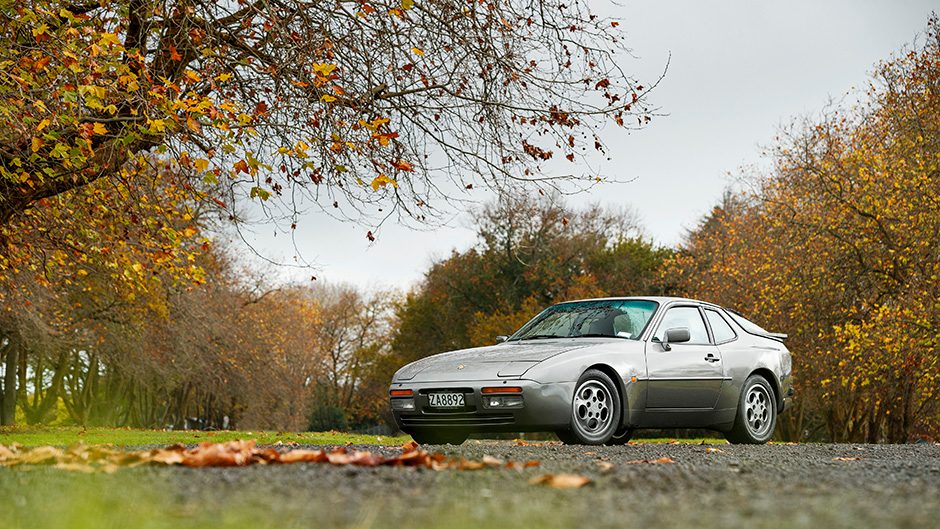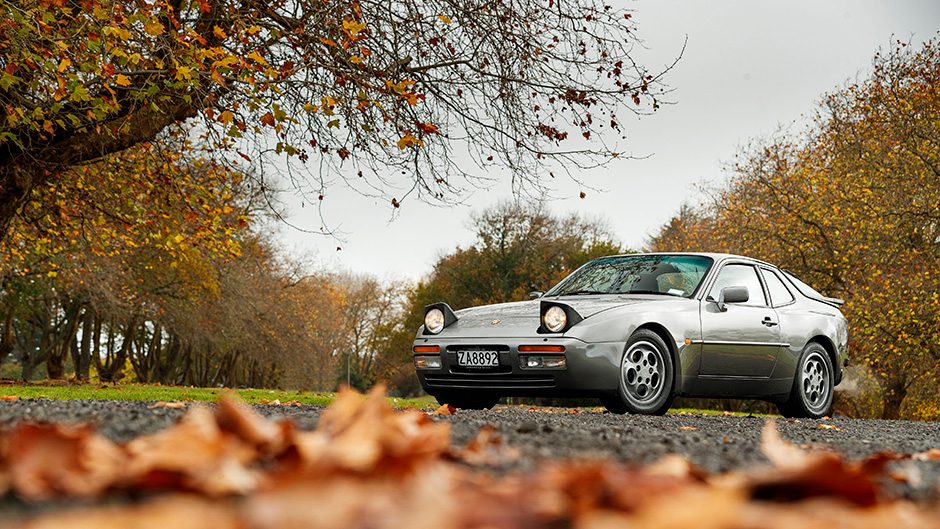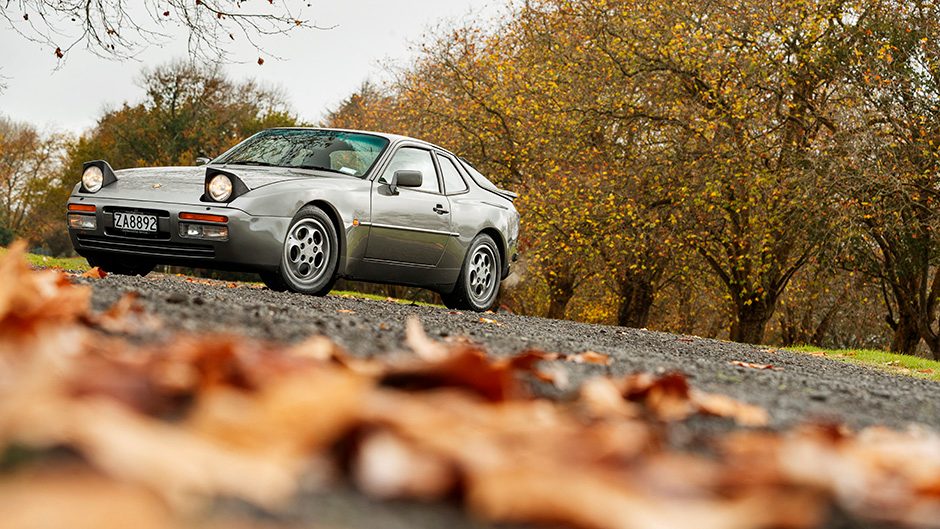1982 Porsche 944 turbo
Words Kyle Cassidy | Photos Tom Gasnier
There was a time when the only true Porsche was one without a radiator. We drive one of the imposters, the 944 turbo.
The 911 is indelibly linked to its manufacturer’s heritage. Porsche may have made more trucks now than 911s but the rear-engined sports car is the soul of the brand and it has always overshadowed other sporting models. It’s therefore hard to fathom that Porsche planned to kill off the rear-engined line in the seventies with more conventional front-engined, water-cooled models like the 928 and its entry-level sportster, the 924.
The 944 was a continuation of the ill-fated 924, but we won’t delve into the latter’s VW/Audi roots here. Where that was genuinely unloved, the 944 went on to become the company’s best selling model in the early eighties as everyone embraced conspicuous consumption. That’s before the bubble popped and everyone’s on-paper wealth evaporated, though the credit card bills remained. The 944’s heyday was short-lived, the sales flatlined by 1987 and, in 1991, the 968 replaced it.
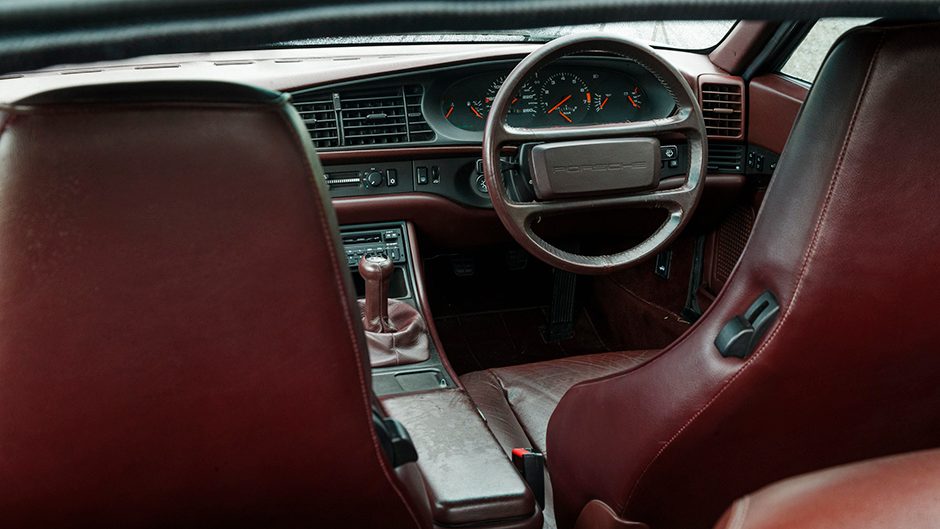
Backtrack a decade and the 944 seemed to right the wrongs of the 924, debuting with a new wide body style reminiscent of the 924 Carrera GT. Underneath was an evolution of the 924 chassis featuring Mac struts up front and Porsche’s torsion bar arrangement with trailing arms used on the rear. Also out back was a five-speed manual/three-speed auto transmission, the transaxle arrangement helping improve the weight balance. The front and rear were linked by a backbone tube through which the prop shaft ran. Power steering was standardised in 1985 while ABS for the big 300mm disc brakes became an option from ‘87.
The engine of the 944, a slant four, was essentially half of the 928’s V8, the two engines assembled at the Zuffenhausen plant using the same pistons, rods and valves. With a single overhead camshaft, eight valves and Bosch L-Jetronic injection, the 2.5-litre made 163bhp (120kW) in base guise with 205Nm of torque. Porsche employed the use of twin balancer shafts to help smooth the big four’s operation. For the turbo model, they dropped the compression ratio from 10.6 to 8.0:1 and added a KKK turbine to plump the power up to 220bhp originally, while a larger turbo introduced in 1988 had power nudging 250bhp with torque up to 350Nm.
They made some 164,000 944s, most sold in the US, making it then the most popular car Porsche had ever made. But as a ‘lesser Porsche’ model, few good ones have survived. As the owner of this machine tells us; “they made good race cars once you took a bit of weight out of them and gave them a bit more power. They were a competitive set-up.” But it also meant they wrecked a few of them over time. The owner also says that some of the early, naturally aspirated cars became very cheap, and once in the ‘wrong hands’ the all important maintenance was neglected. This 1986 Turbo was in a bit of a state when the owner came across it. “It was what I’d call a cot case, but it was a Turbo. I swapped it for a Volvo S80 about eight years ago.” While the owner calls it the Porsche that ‘never became a classic’, he showed it some love to bring it back to its former glory. While he doesn’t describe the process as a full resto, the body and paint work were brought back to life. As it had been sitting idle for a number of years, the running gear was sorted with the brakes, bearings, engine mounts and the like replaced and the electrics rectified.
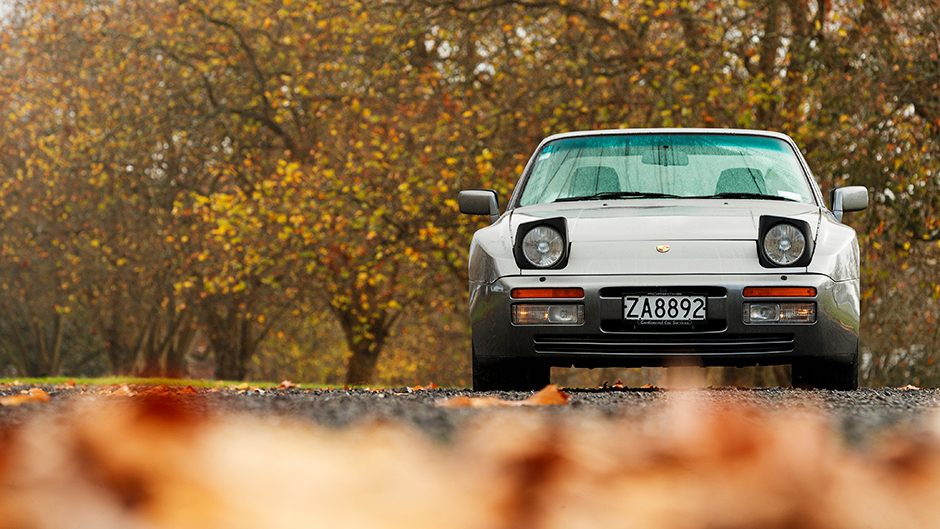
The owner unlovingly refers to it ‘as a bit of truck’ to drive, referring to its heavy controls. “It’s only got 220hp, which in its day was okay, but it’s nothing now. It’s not like driving a 930, where it’s all or nothing; this is more progressive and the torque builds nicely once the turbo is on.”
He says it could do with more power but it’s always a balance. “If you give them too much horsepower, everything is upset. It’s the same with wheels. Cars are designed for the rubber they came out with. People always want to throw big wheels at things but you really shouldn’t. Once they are over-tyred, it affects everything about them.” He does like the balance and steering of the 944. “The turn-in is still Porsche-like. I have owned a few 928s and this is a lot more nimble.”
We got a brief drive of the 944 Turbo and concur with the points made by the owner. While turbocharged, the four cylinder doesn’t really deliver a decent turbo kick that you might expect from something designed in the early days of turbocharging. It doesn’t like anything below 2000rpm but from there the torque curve is flat throughout the range. With its eight-valve head, it’s not a quick revver and is well done by 6000rpm. It makes a noise, but it’s not particularly melodic. The steering is a highlight with just enough assistance to ease slow speed turnarounds, though it’s quite heavy on the go. But it’s full of life and while it’s not overly quick on the turn, it does so on command, the nose pointing obediently.
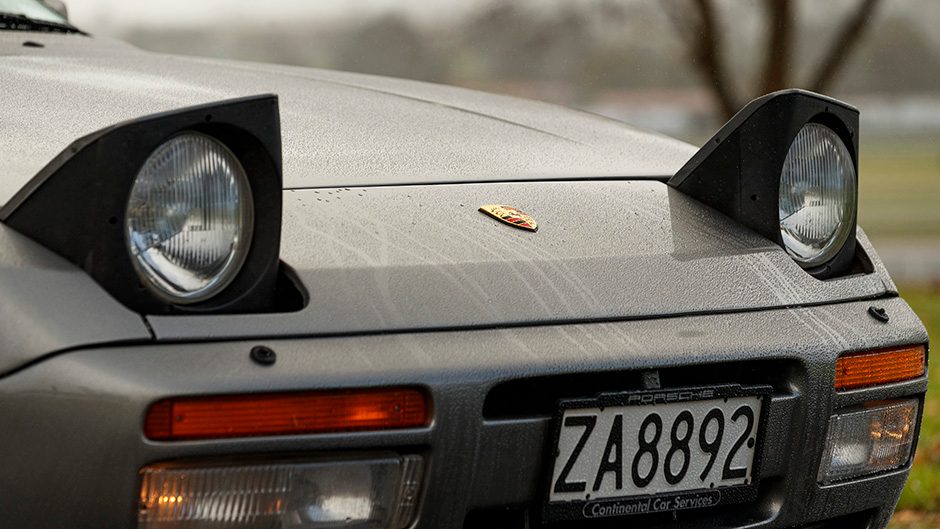
The 944 rides well too, the chassis rigidity still impressive given its age, the bumps fended off without rattling through the cabin. There’s some roll on the turn, but then it sets itself through the corners with an innate sort of balance. You can feel the influence of the transaxle’s weight in the rear, but it’s there to help balance things, rather than it upsetting the flow. The handling is the 944’s thing then, even if it does feel a tad porky for a sportster. The brakes have the weight’s measure however – it actually stops well for an old car.
The gearbox has a long, stiff throw and it won’t be rushed but slots the cogs accurately. Behind the wheel, the driving position is sorted, the controls well laid out and the pedal box well spaced.
A full maroon interior could only emanate from the eighties. It’s not as ghastly as you might think, while it’s holding up okay for its years. The quality of Porsche cars was pretty good back then too it seems, switchgear aside. While it’s a 2+2 coupe, the rear seats are rather useless and better stowed to increase the space under the big glass hatch out back to make it a decent two-up tourer.
While still largely unloved, the 944 does have its charms. It’s one of those cars that puts the driver at its centre, pivoting around you as you enjoy the essence of driving. It still stacks up then as a decent driver’s car, only one that could do with some more power…


